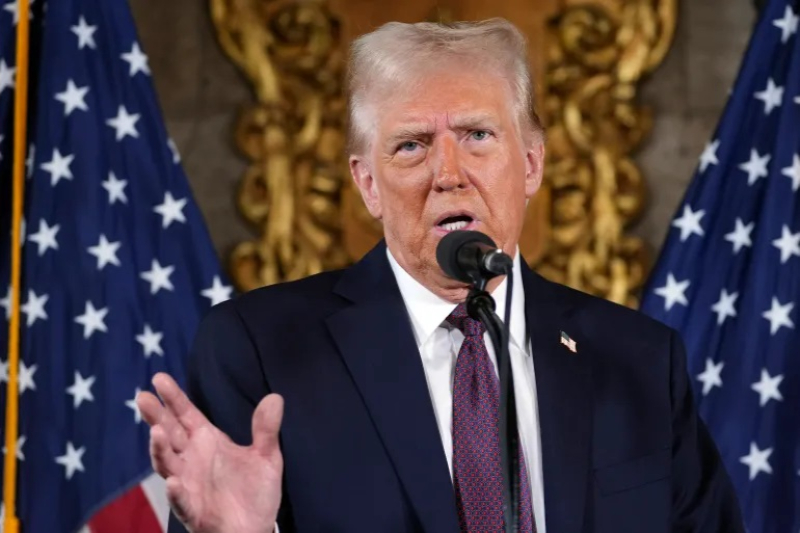Trump Demands Iran's Full Surrender, G7 leaders call for calm

U.S. President Donald Trump has issued a stark ultimatum to Iran, calling for its “unconditional surrender” in a series of heated statements on social media.
While asserting that the U.S. is not targeting Iran’s Supreme Leader Ayatollah Ali Khamenei—“at least not for now”—Trump warned that the leader’s location is well known and “an easy target.”
As the conflict between Israel and Iran intensifies into its fifth day, Trump’s remarks come amid warnings from Iran for residents in Tel Aviv and Haifa to evacuate, while reports of further explosions are emerging from Tehran. The capital is witnessing a growing wave of residents attempting to flee, though many say they have no safe destination.
Although the United States maintains that it is not participating in Israel’s airstrikes, speculation about a potential American intervention continues to grow. The situation remains tense, with Washington's intentions unclear.
G7 Leaders Call for Calm, Avoid Direct Call for Ceasefire
World leaders gathering at the G7 summit in Canada have appealed for reduced tensions in the Middle East, including a ceasefire in Gaza.
However, they notably refrained from urging a halt to hostilities between Iran and Israel.
Trump, who signed the summit’s final communiqué, left the gathering early, citing developments in the Middle East as the reason for his abrupt departure.
Though his press secretary confirmed this explanation, Trump himself offered only that he was heading back to Washington for unspecified “big stuff.” He denied the trip was related to ceasefire negotiations.
His early exit overshadowed much of the summit’s proceedings, which were held in the Canadian Rockies at Kananaskis.
The leaders' joint statement reaffirmed Israel’s right to self-defense and emphasized that Iran must not be allowed to develop nuclear weapons.
While pushing for broader de-escalation, the statement carefully balanced G7 unity, resulting in a toned-down stance.
Before departing, Trump reiterated his demand that Tehran residents evacuate. This has fueled speculation about potential U.S. military involvement—despite American officials continuing to reject the idea of joining Israeli strikes.
Mixed Signals and Growing Tensions
While Trump continues to criticize French President Emmanuel Macron—claiming Macron wrongly suggested Trump was seeking a ceasefire—U.S. defense officials have announced a bolstering of military assets in the region.
Defense Secretary Pete Hegseth said additional capabilities are being deployed to strengthen defensive readiness.
The White House confirmed that Trump convened the National Security Council upon his return, signaling that the administration is closely monitoring the rapidly evolving conflict.
Trump's public statement on his social media platform reiterated his long-standing position on Iran’s nuclear ambitions: “Iran cannot have a nuclear weapon,” he posted. “They should have taken the deal I offered.”
Trump's departure from the G7 also means he missed scheduled meetings with Ukrainian President Volodymyr Zelensky and Mexican President Claudia Sheinbaum, planned for the summit’s final day.
His press secretary Karoline Leavitt described the summit as “a great day” for diplomacy, highlighting a new trade agreement between the U.S. and the UK, though she offered no further comment on the Middle East situation.
As the crisis deepens, the world watches closely to see whether the U.S. will shift from its current posture and join the escalating confrontation.



